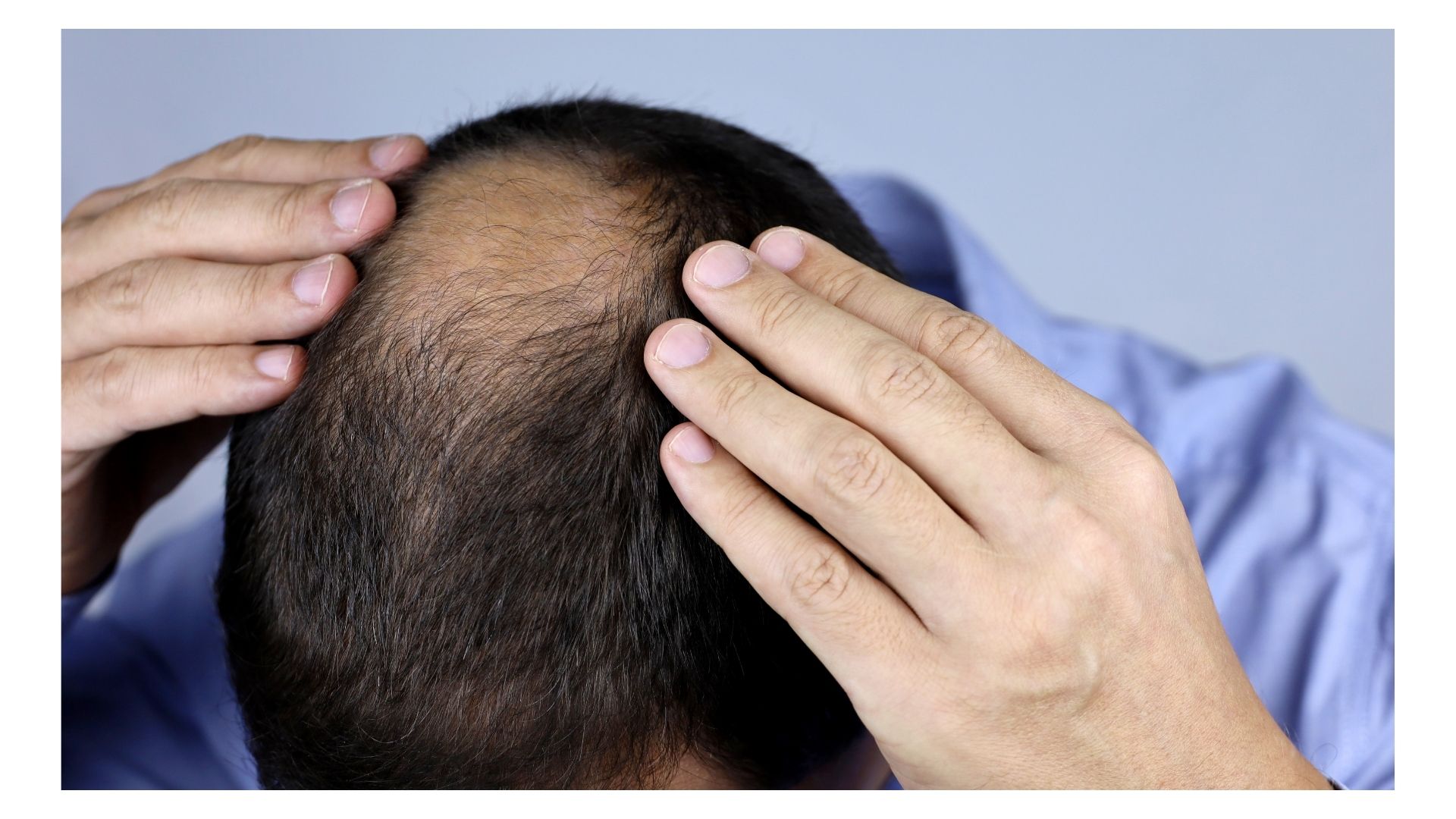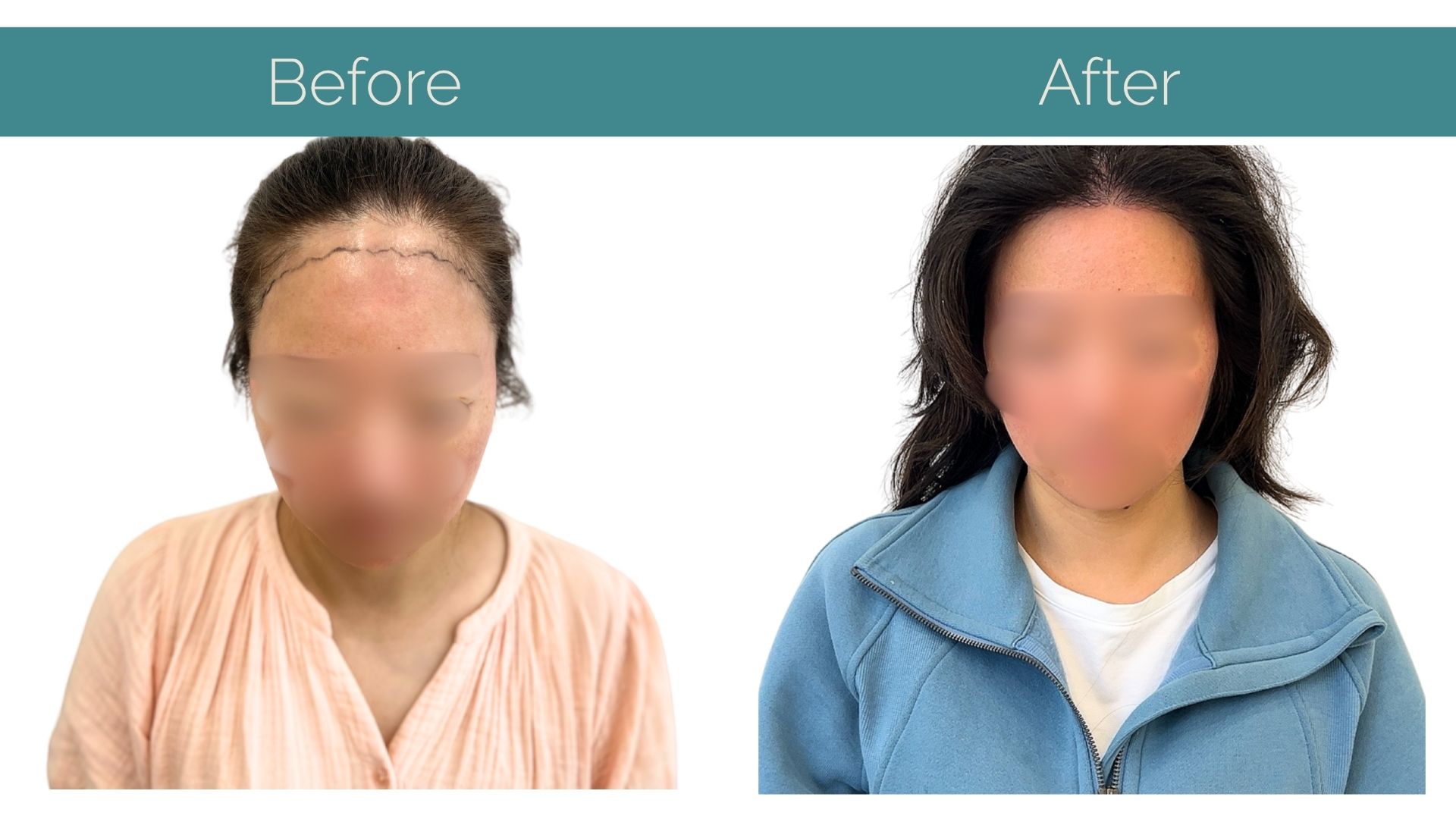For some, it’s an everyday frustration; for others, it strikes at the very core of self-identity. In recent years, hair restoration treatments have surged in popularity, becoming a sought-after solution for those eager to turn the tide.
From high-profile celebrities to everyday professionals, more people are embracing procedures like FUE (Follicular Unit Extraction) and DHI (Direct Hair Implantation). But as with any medical or cosmetic procedure, it’s not all promise and no pitfalls. Hair restoration brings undeniable benefits, but it also carries risks that deserve careful thought.
In this feature, we’ll explore both sides of the coin so that anyone considering treatment can step forward with eyes wide open.
Understanding the Landscape of Hair Restoration
Hair restoration isn’t a single, uniform treatment. It’s a field that has grown, adapted, and advanced significantly over the last two decades.
Once, patients had little choice beyond FUT (Follicular Unit Transplantation), which involved removing strips of scalp and left visible scars. Today, minimally invasive options dominate.
FUE, the most widely practised modern technique, involves carefully extracting individual hair follicles from a donor area – usually at the back of the head – and transplanting them into thinning regions. The appeal? A natural look, minimal scarring, and relatively quick recovery.
DHI builds upon the same principle but introduces a specialised implanter pen. This tool places follicles directly into the scalp without pre-cut channels, offering extra precision. The result is often denser, more natural-looking hairlines with reduced trauma to the skin.
Alongside these options, other techniques exist. Scalp micropigmentation, for example, mimics the appearance of closely cropped hair, while FUT still holds value for patients needing large grafts.
The right choice, however, depends heavily on the individual – hair type, pattern of loss, lifestyle, and budget all play a role.
The Benefits: Why People Choose Hair Restoration
A Confidence Reboot
For many, hair restoration is not just about aesthetics – it’s about reclaiming confidence.
Hair loss often chips away at self-esteem, impacting how people present themselves at work, in relationships, and socially. Restoring density can feel like restoring identity, sparking a renewed sense of self-assurance.
Natural Results That Blend In
Advancements in modern techniques mean “pluggy,” doll-like transplants of the past are firmly out of the picture. Today’s methods allow for results that grow gradually, blending seamlessly with existing hair.
Because follicles are your own, the transplanted hair looks and feels natural. Friends and colleagues often notice a change but can’t quite put their finger on what’s different.
Minimal Disruption, Faster Recovery
Gone are the days of long scars and extended downtime. With FUE and DHI, patients avoid large incisions and stitches. Instead, micro-punches or pen implants make recovery far smoother.
Many people return to work or light activities within days, making these procedures more compatible with modern, busy lifestyles.
Highly Personalised Outcomes
No two heads of hair are the same, and neither are modern treatment plans. Surgeons can tailor approaches to suit receding hairlines, thinning crowns, or full-scale transformations.
Density, direction of growth, and even future hair loss patterns are factored in to create a customised blueprint for each patient.
Mental Well-Being Matters
The psychological uplift is often as valuable as the physical outcome. Restored hair can ease anxieties tied to ageing or appearance, replacing self-consciousness with self-confidence.
Patients frequently report improved mood, better interactions, and a more positive outlook on life.
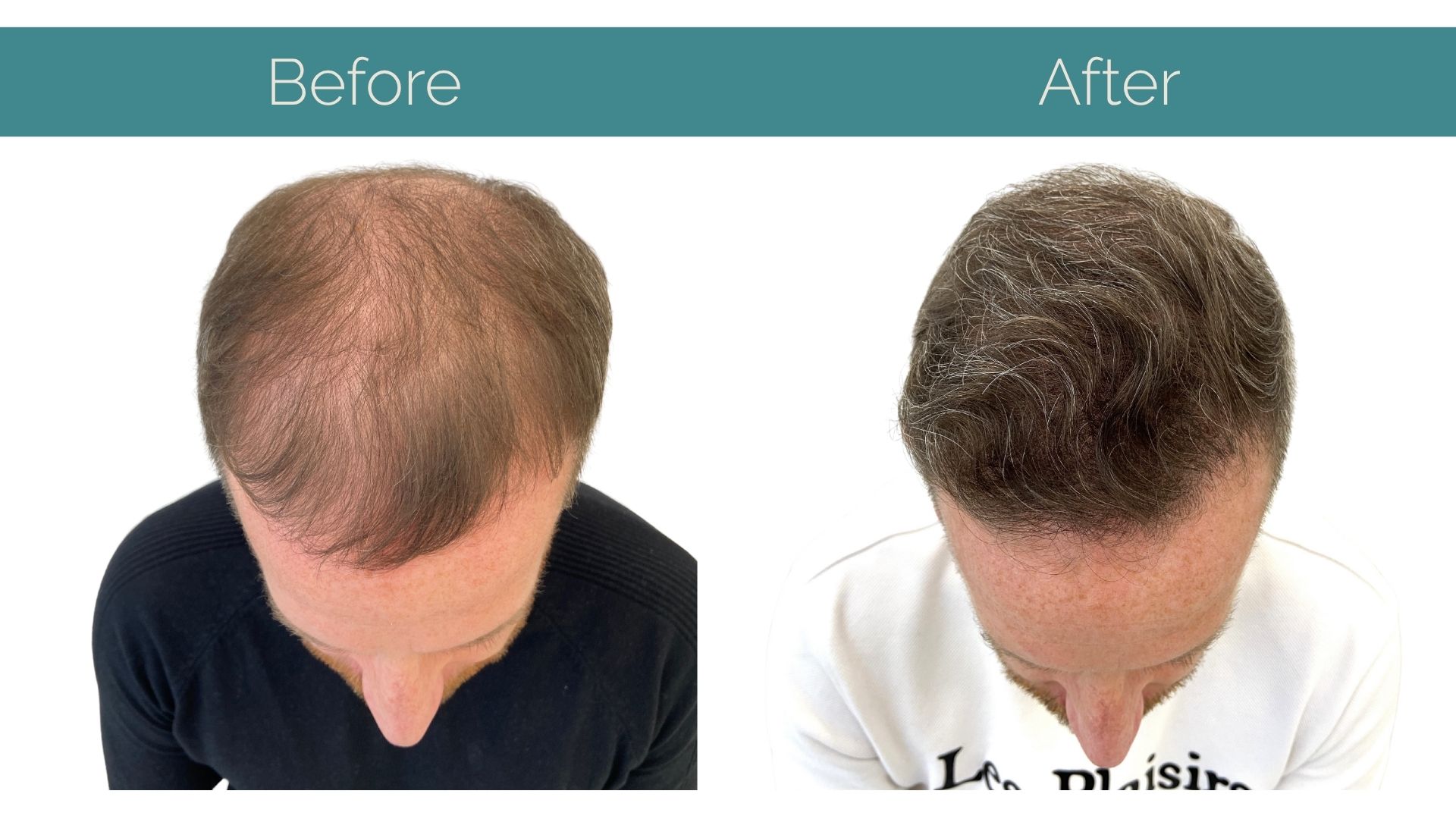
The Risks: What You Need to Be Aware Of
Of course, no treatment is without its caveats. Understanding the potential downsides ensures patients make choices with realistic expectations.
Infection Risks
Even though techniques like FUE and DHI are minimally invasive, they still involve breaking the skin. Without proper aftercare, there’s a small risk of infection at donor or recipient sites.
Hygiene and adherence to post-operative instructions are crucial to reduce complications.
Scarring – Small but Possible
FUE and DHI drastically minimise scarring compared to older methods, but they don’t eliminate it altogether. Small dot scars can appear, particularly visible on very short hairstyles.
Individual healing tendencies also vary, which means scarring outcomes are never entirely predictable.
“Shock Loss” and Patience Required
It can come as a surprise to patients that newly transplanted hair sometimes falls out within weeks of surgery. This process, known as “shock loss,” is usually temporary. However, the wait for regrowth – often three to six months – demands patience.
Full results may not be visible for a year, so instant gratification is not on the menu.
The Financial Factor
Hair restoration is rarely cheap. Costs vary depending on technique, surgeon expertise, and number of grafts, but they can stretch into thousands of pounds.
Multiple sessions may be needed for extensive loss, and because the treatment is classed as cosmetic, insurance typically won’t foot the bill. While many clinics, like IK Clinics, offer payment plans, financial planning is a must.
Skill Matters – A Lot
Hair restoration straddles the line between science and art. A poorly designed hairline or uneven density can produce unnatural results. Success depends heavily on the expertise of the practitioner.
Therefore, that makes research, reviews, and seeing real patient portfolios essential before committing.
Temporary Side Effects
Most side effects are minor: swelling, itching, or redness around treated areas. But for some patients, sensitivity lingers longer than expected.
Again, good aftercare plays a major role in smoothing the recovery process and ensuring discomfort doesn’t derail outcomes.
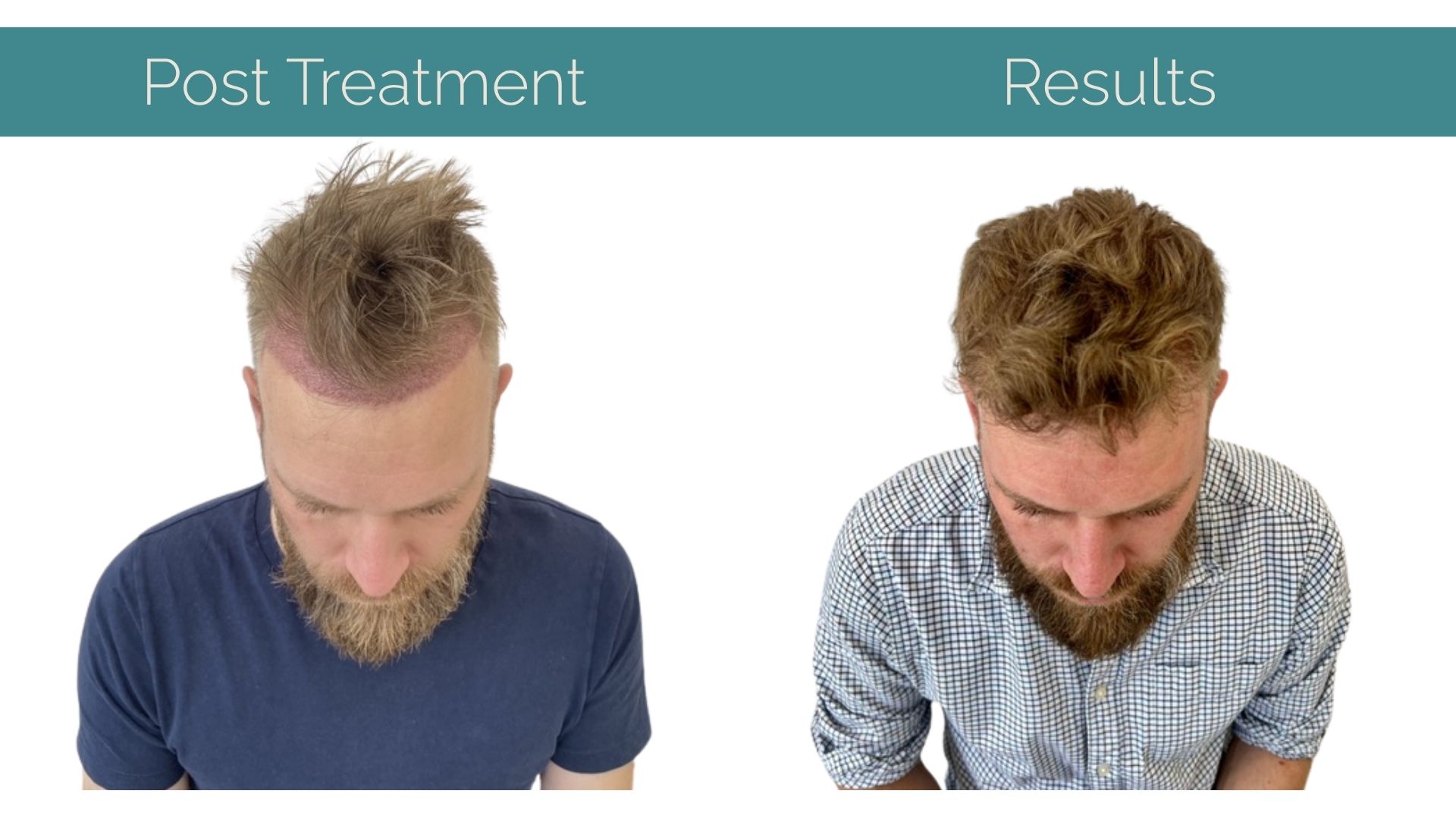
Weighing Up the Decision
Choosing to undergo hair restoration isn’t a snap decision – it’s an investment of time, money, and trust. The first step is honest self-evaluation: What stage is your hair loss at? What are your expectations? And how do these align with what’s realistically achievable?
For those with mild to moderate loss, DHI might be appealing due to its precision. For larger areas, FUE could be the more efficient choice. In some cases, a combination of techniques – or even alternative approaches like micropigmentation – may offer the best results.
Research is your ally. Investigate multiple clinics, seek recommendations, and ask the right questions during consultations. How many procedures has the surgeon performed? What results can they show? What aftercare is included? Transparent answers are the hallmark of reputable clinics.
Budget planning also plays a central role. Hair restoration should be seen as a long-term investment. Understanding the potential need for top-up sessions or future adjustments helps avoid unexpected financial strain.
Finally, don’t underestimate aftercare. From specialised shampoos to restrictions on exercise, following medical guidance ensures smoother healing and better final results. Those unwilling to commit to the recovery process may want to reconsider.
Final Thoughts: Transformation with Perspective
Hair restoration has evolved from a niche cosmetic service into a mainstream option that changes lives. For many, it offers not just thicker hair but also renewed confidence and self-worth.
Yet it is not a magic wand. Results take time, require careful planning, and depend on the hands of skilled professionals.
The benefits are compelling: natural-looking results, boosted self-esteem, and a minimally invasive route to long-lasting change. The risks, while generally manageable, highlight the need for realism, research, and responsible aftercare.
Ultimately, the decision is deeply personal. For those ready to invest in themselves – financially and emotionally – hair restoration can be a transformative journey. For others, simply understanding the options may provide peace of mind, whether they choose to pursue treatment now, later, or not at all.
In the end, informed choice is the greatest benefit of all.
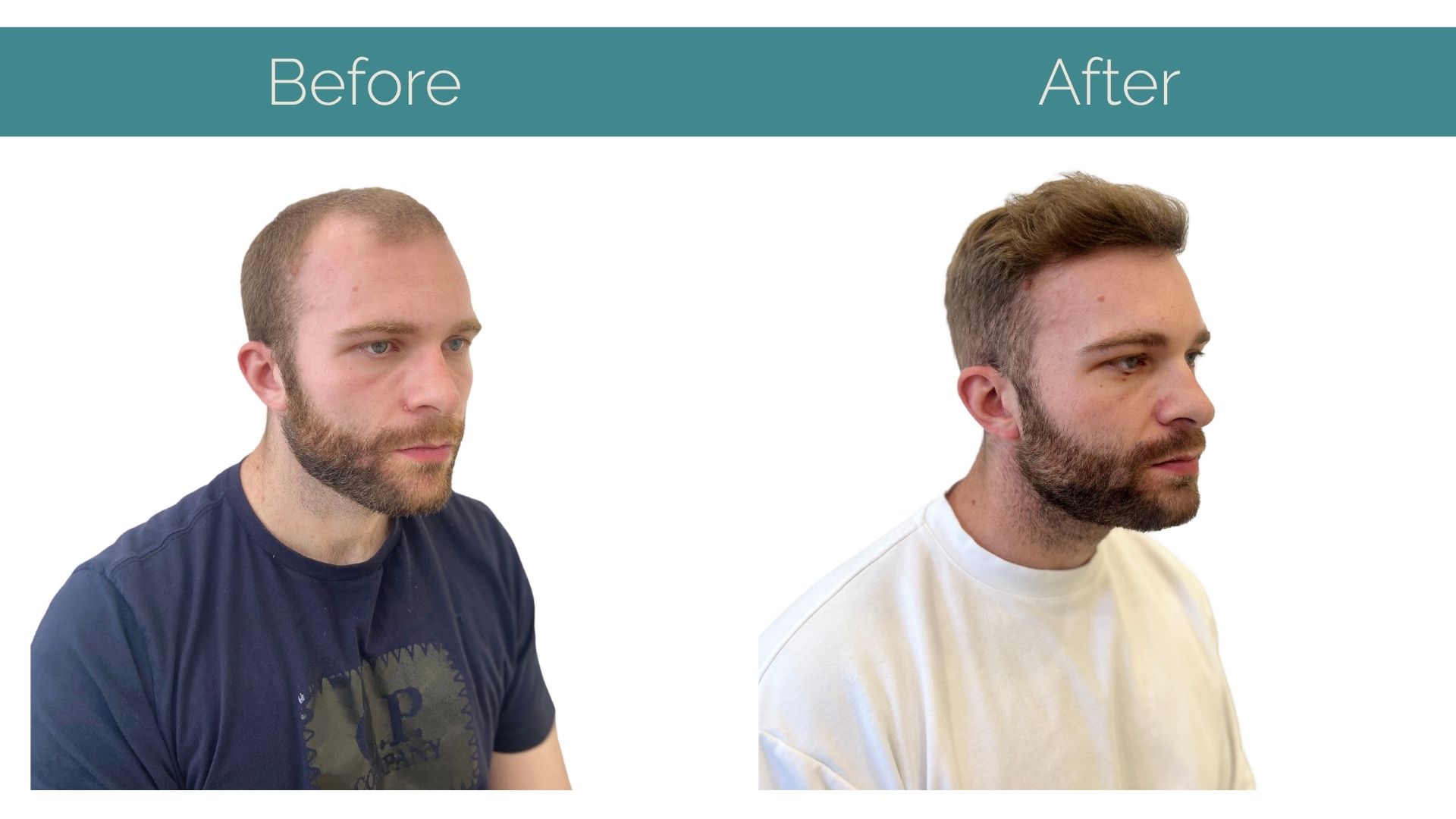
About IK Clinics
At IK Clinics, we are proud to stay at the forefront of global hair restoration trends, offering a variety of advanced techniques to meet the diverse needs of our clients. From FUE, PRP to Stem Cell Therapy, we ensure that every client’s treatment is tailored to their personal goals, helping them regain not just their hair but also their confidence.
Interestingly, we don’t just stop at hair restoration treatments, our highly skilled team also offers a range of anti-aging treatments.
